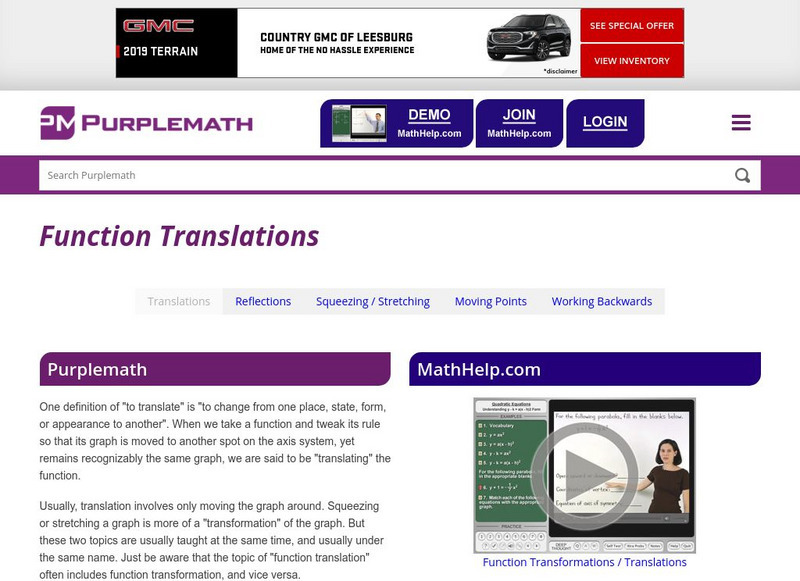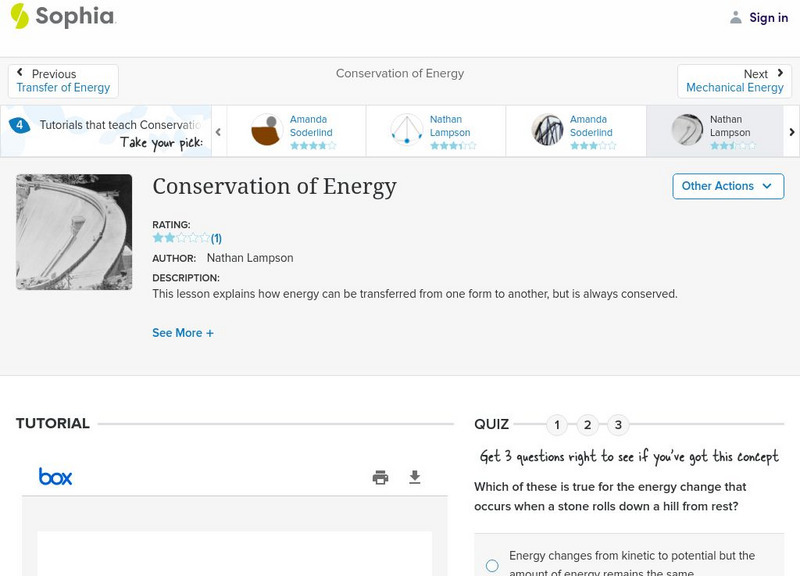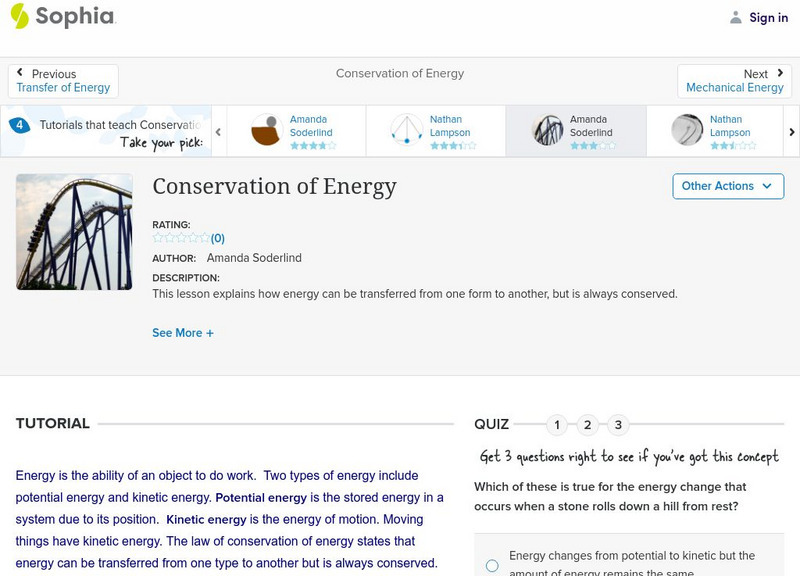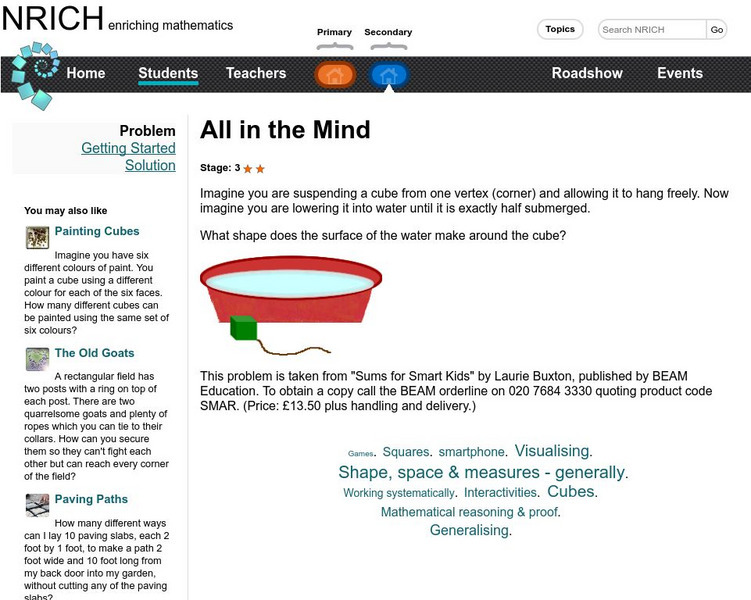Curated OER
Celebrate Change
Learners develop fantasy creatures and characters, describing personalities in terms of gestures, actions, and expressions displayed. Then they make fantasy masks, focusing on shape, form, proportion, line, and emphasis to demonstrate...
Curated OER
Graham Cracker Plate Tectonics
In this plate tectonics worksheet, students use Graham crackers, frosting, water and a paper plate to simulate tectonic processes such as convergent, divergent and transforming plate boundaries.
Curated OER
Frame Animation
Students examine the idea that an object might never have a "fixed" existence and may be a thing existing always in flux by creating a frame-based animation of something that transforms from one shape into another. They create...
PBS
Pbs Online News Hour: The Stuff of Life: u.s. Design 1975 2000
PBS profiles the exhibit at the Denver Art Museum about how design is relevant in our society. There are interviews, images, and video--enough for developing your own lesson plan.
FT Exploring
Ft Exploring: Energy Conversions: Potential to Kinetic Energy
Find out how gravitational potential energy is converted to kinetic energy, then finally into low-grade thermal energy.
Purple Math
Purplemath: Function Transformations
Generally, translation involves only moving the graph around. Squeezing or stretching a graph is more of a "transformation" of the graph. But these two topics are usually taught at the same time, and usually under the same name. Just be...
CK-12 Foundation
Ck 12: Algebra Ii: 3.6 Transformations of Log Functions
This section explores the many ways that logarithmic functions can be transformed, and how those transformations cause their graphs to be translated in different ways.
Sophia Learning
Sophia: Conservation of Energy: Lesson 2
This lesson explains how energy can be transferred from one form to another, but is always conserved. It is 2 of 4 in the series titled "Conservation of Energy."
Sophia Learning
Sophia: Conservation of Energy: Lesson 4
This lesson explains how energy can be transferred from one form to another, but is always conserved. It is 4 of 4 in the series titled "Conservation of Energy."
Sophia Learning
Sophia: Conservation of Energy: Lesson 1
This lesson explains how energy can be transferred from one form to another, but is always conserved. It is 1 of 4 in the series titled "Conservation of Energy."
University of Cambridge
University of Cambridge: Nrich: A Puzzling Cube
See if you can figure out which symbols are on which cube face at this one page website. The solution is just a click away once you have your solution in mind.
University of Cambridge
University of Cambridge: Nrich: Three Cubed
Use the shapes provided and figure out how they fit together to make a 3 X 3 cube at this one page website. The solution is readily available right at the website.
University of Cambridge
University of Cambridge: Nrich: All in the Mind
You will have to use visualization to help you solve this challenge. At this one page website, you will be able to check your solution.
University of Cambridge
University of Cambridge: Nrich: Dicey
If you can visualize a cube and turn it around in your mind, then this is the challenge for you. This one page website has the solution available to check your thinking.
SMART Technologies
Smart: Tracing the Transformation of Energy in a System
Trace the transformations of energy (kinetic to potential, etc.) in a system, e.g., a person rowing a boat or child swinging.














